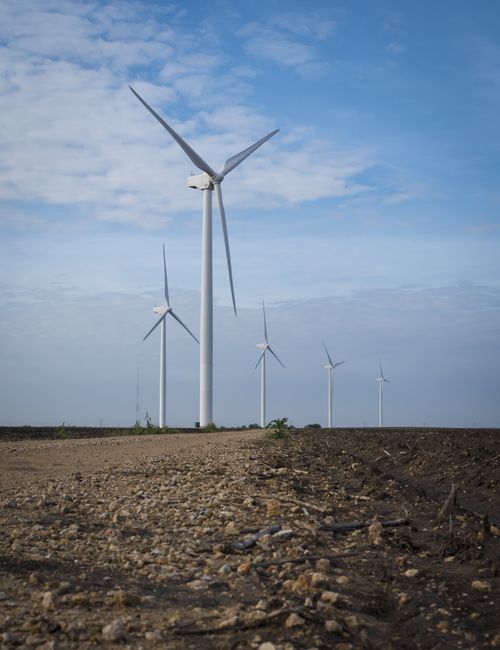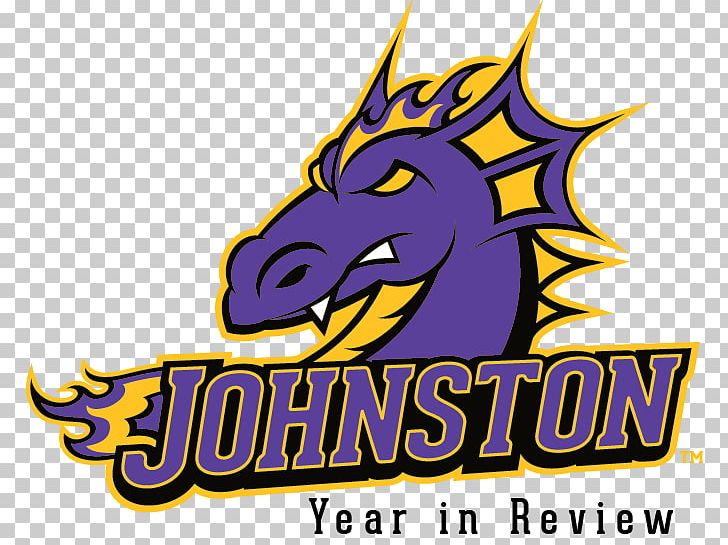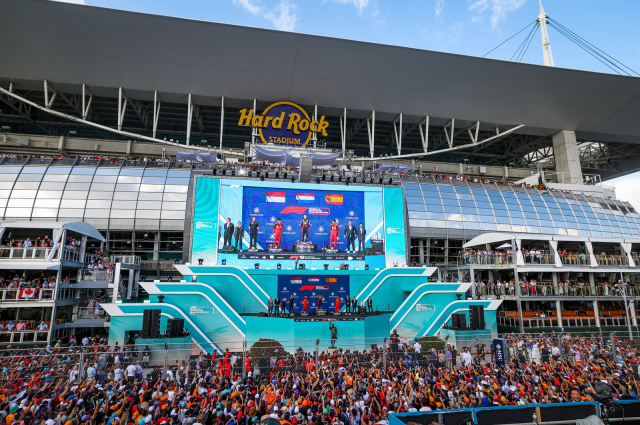Offshore Wind's High Costs: A Deterrent For Energy Companies

Table of Contents
High Capital Expenditure (CAPEX) as a Primary Barrier
The sheer scale of offshore wind farms necessitates substantial investment, making capital expenditure (CAPEX) a primary barrier to entry for many energy companies. This high initial investment significantly impacts the economic feasibility of such projects. Several factors contribute to this high CAPEX:
- Turbine Costs: Offshore wind turbines are significantly larger and more robust than their onshore counterparts, requiring specialized materials and manufacturing processes, thus driving up costs.
- Foundation Costs: The challenging marine environment demands sophisticated and costly foundations. These can range from monopiles (large, single-pile structures) and jacket structures (steel frameworks) to floating platforms for deeper waters, each with unique and substantial associated costs.
- Installation Costs: Installation presents another major cost component. Specialized vessels, heavy-lift equipment, and skilled personnel are essential, increasing operational expenses and making timely project delivery complex.
- Grid Connection Costs: Connecting offshore wind farms to the onshore electricity grid often involves laying extensive subsea cables, requiring significant investment in both undersea and onshore infrastructure upgrades. This can be particularly expensive for projects located far from the coast.
- Site Surveys and Permitting: Thorough site surveys, environmental impact assessments, and the often lengthy permitting processes add significant time and financial burden to the overall project timeline and cost. Navigating regulatory hurdles and securing necessary permits can lead to substantial delays and additional expenses.
Significant Operational Expenditure (OPEX) and Maintenance Challenges
Beyond the high initial investment, offshore wind farms require substantial ongoing operational expenditure (OPEX) and face unique maintenance challenges. These ongoing costs significantly impact the long-term profitability and viability of these projects:
- Maintenance and Repair: Regular maintenance and repairs are crucial to ensure the optimal performance and longevity of offshore wind farms. This requires specialized vessels, skilled technicians, and potentially costly helicopter services for transportation to remote locations, all driving up OPEX.
- Vessel Costs: The cost of chartering specialized vessels for maintenance, repair, and transportation of personnel and materials is a significant contributor to OPEX.
- Personnel Costs: Employing skilled technicians, engineers, and other specialized personnel adds to the considerable operational costs.
- Remote Location: The remote location of many offshore wind farms increases operational costs due to logistical challenges, transportation expenses, and the need for specialized support infrastructure.
- Insurance Costs: High insurance premiums reflect the risks associated with operating in harsh marine environments and the potential for damage to expensive infrastructure.
- Decommissioning: The eventual decommissioning of offshore wind farms represents a substantial cost, encompassing the removal of turbines, foundations, cables, and the remediation of any environmental impacts.
Impact of Supply Chain Constraints and Inflation
The global supply chain disruptions and inflationary pressures experienced in recent years have further exacerbated the cost challenges faced by the offshore wind industry.
- Material Costs: The increased cost of raw materials like steel, concrete, and specialized components directly impacts the cost of turbine manufacturing and infrastructure development.
- Labor Costs: Inflation has also driven up labor costs, affecting both the construction phase and the long-term operation and maintenance of offshore wind farms.
- Project Delays: Supply chain bottlenecks and delays in the delivery of crucial components can lead to significant cost overruns and jeopardize project timelines.
Financial Risk and Return on Investment (ROI) Concerns
The high capital expenditure, long payback periods, and inherent risks associated with offshore wind projects pose significant financial challenges for investors.
- Project Financing: Securing sufficient project financing for such capital-intensive ventures can be difficult, particularly given the complexities and uncertainties involved.
- Subsidies and Government Support: Many offshore wind projects rely heavily on government subsidies and support mechanisms. However, the availability and level of these subsidies can be unpredictable, impacting the overall financial viability of the projects.
- Energy Price Volatility: Fluctuations in energy prices can significantly affect the long-term profitability of offshore wind projects, introducing additional risk for investors.
- Risk Assessment: A comprehensive and robust risk assessment is crucial to mitigate potential financial losses from unforeseen circumstances, such as extreme weather events or equipment failures.
Conclusion
Offshore wind energy offers a vital pathway toward achieving cleaner energy goals. However, the substantial and multifaceted costs associated with developing and maintaining offshore wind farms present considerable hurdles. High CAPEX, demanding OPEX, supply chain vulnerabilities, and inherent financial risks need to be effectively addressed to unlock the full potential of this renewable resource. Further research into cost-effective technologies, streamlined permitting processes, stable government policies that support long-term investment, and advancements in supply chain efficiency are crucial for reducing the cost of offshore wind and making it a truly competitive energy source. Addressing the high costs of offshore wind is paramount to ensuring a sustainable and affordable energy future. Investing in research and development to lower the offshore wind cost is a key step toward a greener tomorrow.

Featured Posts
-
 Des Moines Ufc Predictions A Comprehensive Breakdown
May 04, 2025
Des Moines Ufc Predictions A Comprehensive Breakdown
May 04, 2025 -
 Nigel Farage Receives Death Threat From Afghan Migrant Travelling To Uk
May 04, 2025
Nigel Farage Receives Death Threat From Afghan Migrant Travelling To Uk
May 04, 2025 -
 Verstappen To Be A Father Miami Grand Prix News
May 04, 2025
Verstappen To Be A Father Miami Grand Prix News
May 04, 2025 -
 Sydney Sweeney And Jonathan Davino Breakup Rumors Swirl After Solo Hotel Stay
May 04, 2025
Sydney Sweeney And Jonathan Davino Breakup Rumors Swirl After Solo Hotel Stay
May 04, 2025 -
 Undisputed Championship Quest Begins Canelo And Ggg Face Off In Nyc Press Conference
May 04, 2025
Undisputed Championship Quest Begins Canelo And Ggg Face Off In Nyc Press Conference
May 04, 2025
